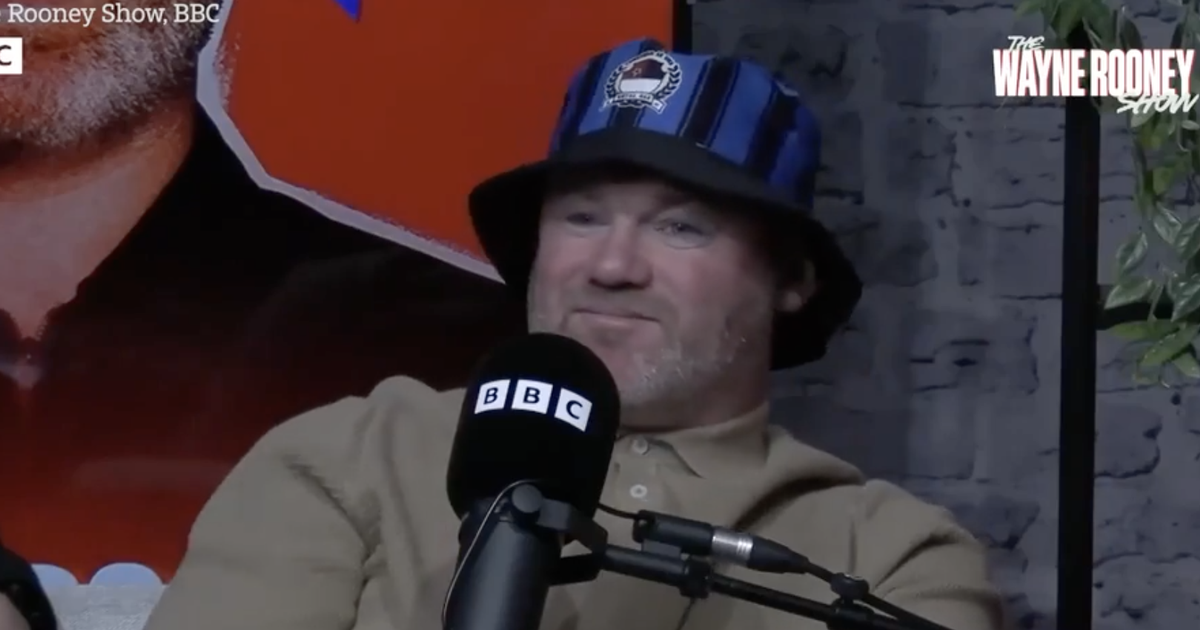The former Man United and England striker jokingly blamed a children’s TV character for his decision to undergo surgery.
Wayne Rooney has jokingly revealed that a popular children’s TV character was behind his decision to have a medical procedure. The Manchester United icon stated on his BBC podcast that CBeebies star Mr Tumble was behind his decision to have a vasectomy.
During the latest episode of The Wayne Rooney Show, the 40-year-old confessed that he couldn’t face sitting through it with another child. “I hate Mr Tumble,” he said.
“I was in the dressing room for Match of the Day and he was next to me. The reason I hate him, well I don’t hate him for what he does, is just that I’ve had to sit through it four times with every kid.
“It’s got to the point now where I just can’t. He’s the reason I’ve got the snip.
“I couldn’t have another kid to go through it again.”
The surprise topic came up during a holiday discussion on the podcast and co-host Kelly Somers noted that Mr Tumble performs at Butlins. Rooney has four children with his wife Coleen; Kai, Klay, Kit and Cass.
That confession left everyone in the studio in stitches – with football content creator Steve Bracknell quipping: “There’s your headline! Mr Tumble made me have the snip – Rooney.”
Listeners to the podcast also recounted their own struggles with the show.
Rooney had the procedure done in 2018, shortly after the birth of his fourth son, Cass. In 2023, Coleen said they both felt their family was complete.
“Me and Wayne talking about him having a vasectomy,” she said.
“He said after this baby that’s it, we’re not having any more, and Wayne went in and got the snip – so I knew for sure we wouldn’t have anymore children.”
On the pitch, Rooney’s eldest son Kai is continuing his father’s legacy at United’s academy.
The 15-year-old has impressed at academy level and could soon make debut at Old Trafford. Kai is able to operate as a centre-forward or on the wing.
Sky Sports discounted Premier League and EFL package

Sky has slashed the price of its Essential TV and Sky Sports bundle for the 2025/26 season, saving members £336 and offering more than 1,400 live matches across the Premier League, EFL and more.
Sky will show at least 215 live Premier League games this season, an increase of up to 100 more.










